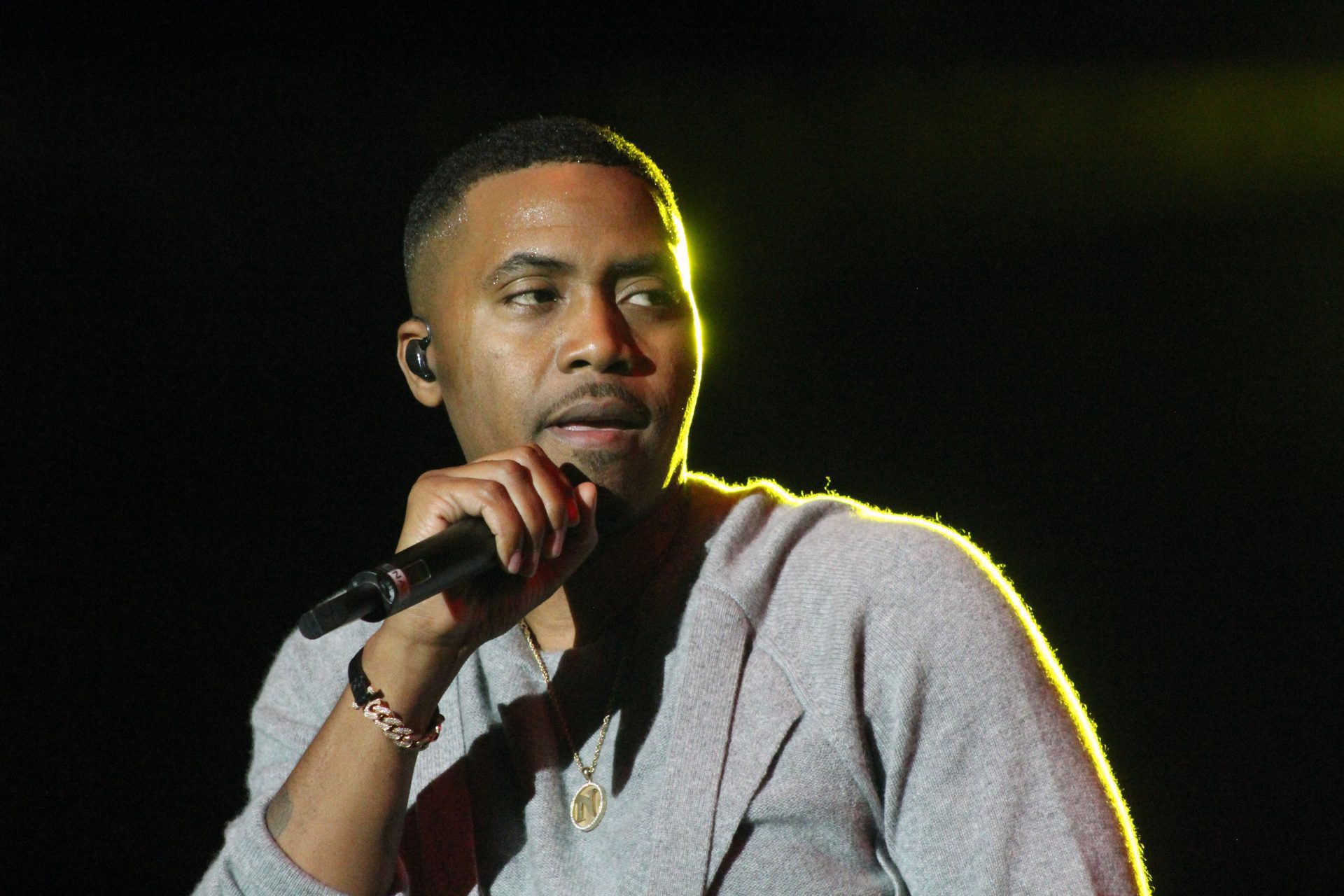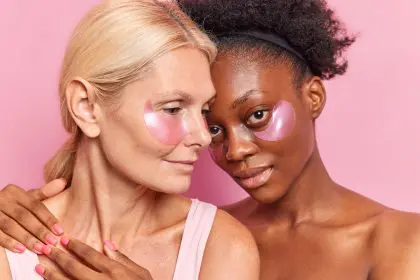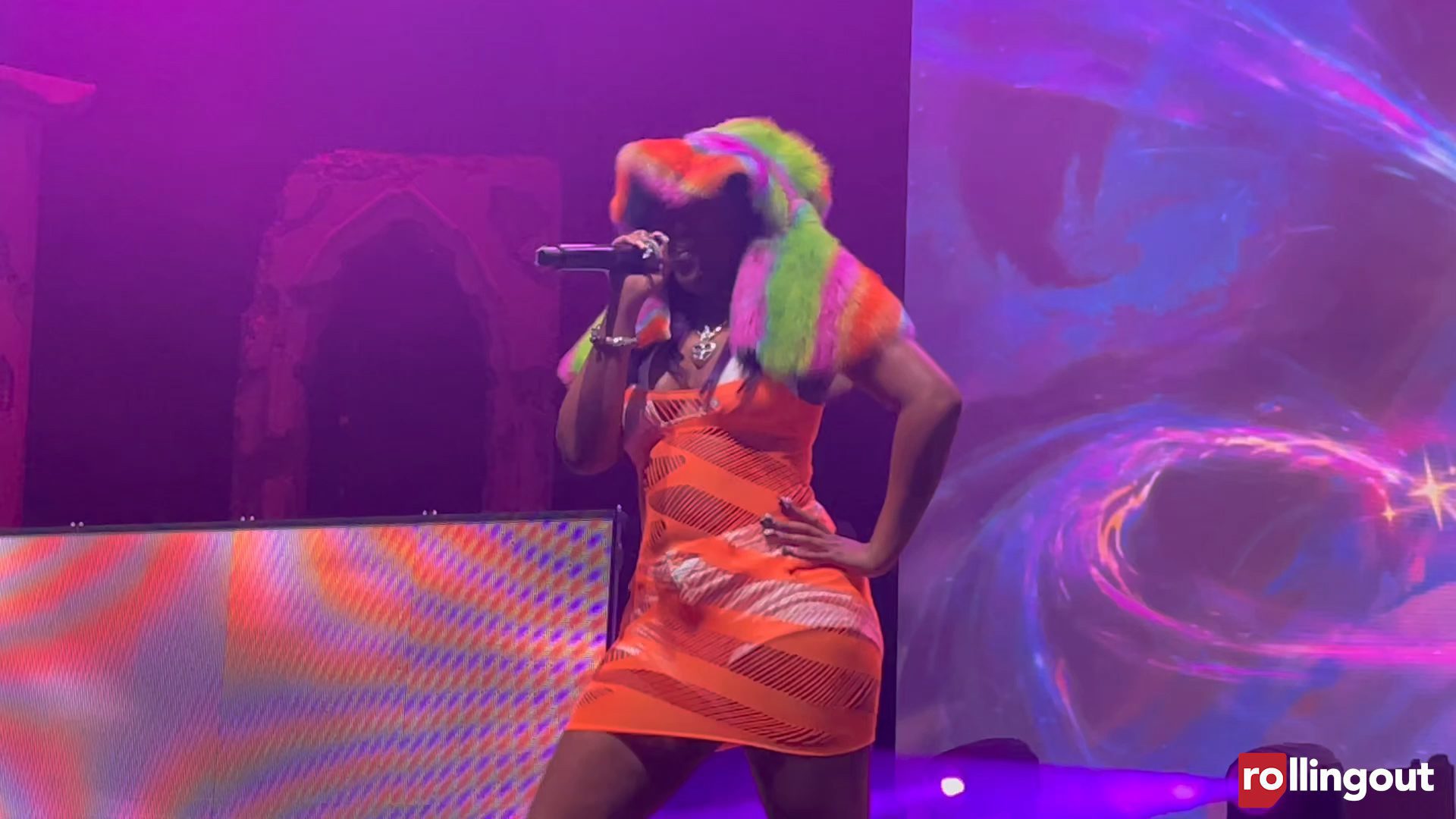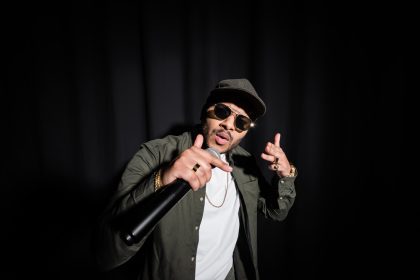
“I am invisible, understand, simply because people refuse to see me … When they approach me they see only my surroundings, themselves or figments of their imagination, indeed, everything and anything except me.” – Ralph Ellison, Invisible Man
Those words were written by Ralph Ellison 63 years ago about the lack of recognition Black lives receive. The question of how much has changed in six decades vexes the Black community. As millions gathered in Paris to mourn the 17 victims of the Charlie Hebdo terrorist attacks, Nigeria is busy making funeral arrangements for 2,000 people murdered by the terrorist Boko Haram and the NAACP office in Colorado Springs, Colorado, is being rebuilt after a terrorist bombing. Yet, there has been little to no news coverage of Boko Haram’s 9/11 type massacre or the domestic terrorist attack on the NAACP office. A very simple and cynical reason for this lack of media coverage would be to assert that in the six decades since the publication of Ralph Ellison’s Invisible Man, not much has changed when it comes to the recognition of Black lives.
When you live in a society that does not acknowledge the existence/humanity of Blacks, boycotts, marches and protests are viewed as nothing more than disturbances to mainstream society’s daily routine rather than the pleas of disenfranchised citizens. Black people must realize that they are not just waging a war to express that Black lives matter; they are fighting a battle to destroy the comfort zones created by White blindness, which has rendered so many Whites incapable of empathizing with the pain and suffering of non-Whites, especially Blacks.
In America, White blindness is the inevitable result of gated communities, segregated schools and churches. Now to be fair and balanced, too often, Blacks live in communities, attend schools and churches, which are all Black, but there is a major difference. From the images of Jesus to Santa, all non-Whites are inundated with the existence and humanity of Whites through education and media. On the other hand, Whites do not receive that similar awareness of non-Whites through education and media. In fact, it is the exact opposite. The negative depictions of non-Whites in education and media at the least perpetuate and at the worst justify White blindness.
White blindness complicates all efforts at race relations and social transformation. White blindness has many Whites convinced that racism is the fictitious boogeyman on which Blacks blame all their problems. So when Blacks are concerned that the deaths of 2,000 Nigerians and the bombing of the NAACP office in Colorado Springs are receiving short shrift in comparison to the tragedy at Charlie Hebdo, White blindness writes these legitimate complaints off as more race baiting babble. Blacks cannot allow White blindness to force them into invisibility. Blacks must continue to boycott, march, protest and yell from the rooftops that Black lives matter. This is not to cure White blindness or gain the respect of White society; Blacks must do this for their own spiritual, mental and physical well-being.
Samuel E. Adams is a freelance writer and educator in Chicago.









